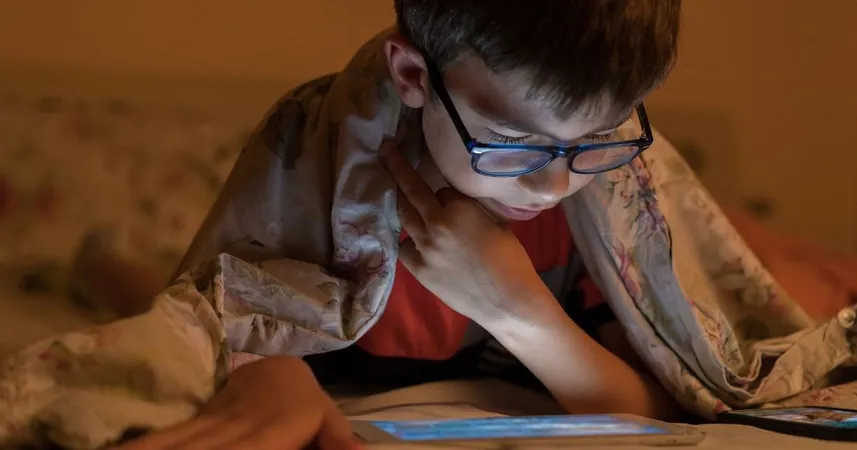
Shocking Rise: One in Three Kids Worldwide Struggling with Short-Sightedness by 2050!
2024-09-25
Shocking Rise: One in Three Kids Worldwide Struggling with Short-Sightedness by 2050!
A startling new global study reveals that nearly one in three children and teenagers suffers from short-sightedness, or myopia, with projections estimating this number could soar to an alarming 740 million by 2050. This concerning trend, identified by researchers from Sun Yat-Sen University in China, has serious implications for the future of eye health among the younger population.
Myopia is a visual condition characterized by difficulty seeing distant objects clearly, which typically first manifests in early childhood. As children grow, this condition tends to worsen, leading to increased incidences of vision-related issues. The research, which scrutinized data from 276 studies published up to June 2023, involved over 5.4 million participants aged 5 to 19 from 50 countries, spanning continents including Asia, Africa, and beyond.
The findings reveal a dramatic escalation in short-sightedness over the years: prevalence rose from 24% during the 1990s to 36% between 2020-2023. Alarmingly, this translates to roughly one in every three children and teenagers experiencing myopia.
The authors of the study highlight significant demographic disparities, with the urge to adopt healthier lifestyles echoing throughout their findings. The recommendation is clear: children and teens should engage in more physical activities and curtail their screen time to combat this escalating issue.
Low- and middle-income countries are particularly vulnerable, facing higher rates of myopia compared to their high-income counterparts. Moreover, specific groups, including females, those of East Asian descent, and individuals living in urban settings, show significantly higher prevalence rates—35.22% among East Asians, 28.55% in urban environments, and 33.57% for females.
The study published in the British Journal of Ophthalmology further highlights a fascinating correlation between extended periods of education in East Asia and rising cases of myopia. The researchers posit that early formal education implementation plays a crucial role in this geographical variation concerning myopia's prevalence.
Strikingly, the research found that while East Asia grapples with high myopia rates, African countries report markedly lower prevalence, perhaps due to lower literacy rates and a delayed start of formal education.
In terms of demographics, the research suggests that hormonal changes associated with puberty might explain why girls are more affected than boys. Additionally, lifestyle choices—such as reduced time spent outdoors—further aggravate the issue.
Looking to the future, the researchers project a 9% increase in myopia rates from 2023 to 2050, potentially leading to substantial ocular disease burdens affecting a staggering 740 million children and adolescents globally.
This alarming trend raises urgent questions about the visual health of future generations and highlights the critical need for preventative measures to protect our youth's eyesight in an increasingly screen-dominated world. Will we take action before it’s too late?



 Brasil (PT)
Brasil (PT)
 Canada (EN)
Canada (EN)
 Chile (ES)
Chile (ES)
 España (ES)
España (ES)
 France (FR)
France (FR)
 Hong Kong (EN)
Hong Kong (EN)
 Italia (IT)
Italia (IT)
 日本 (JA)
日本 (JA)
 Magyarország (HU)
Magyarország (HU)
 Norge (NO)
Norge (NO)
 Polska (PL)
Polska (PL)
 Schweiz (DE)
Schweiz (DE)
 Singapore (EN)
Singapore (EN)
 Sverige (SV)
Sverige (SV)
 Suomi (FI)
Suomi (FI)
 Türkiye (TR)
Türkiye (TR)